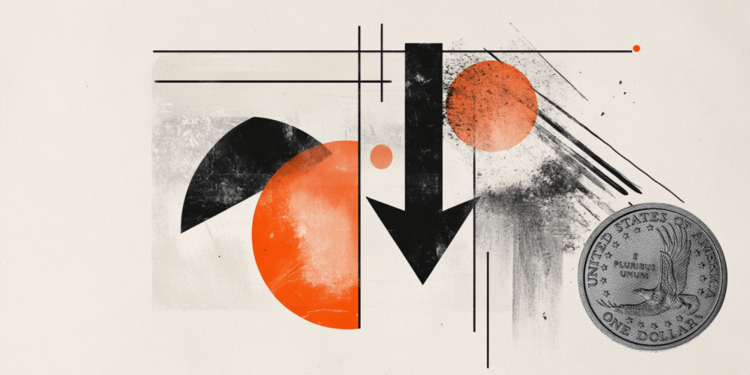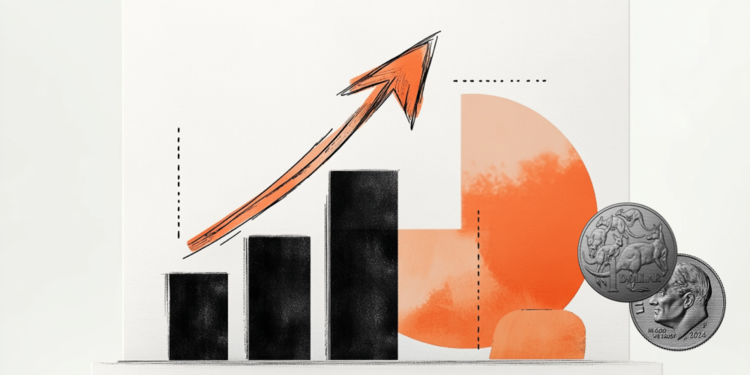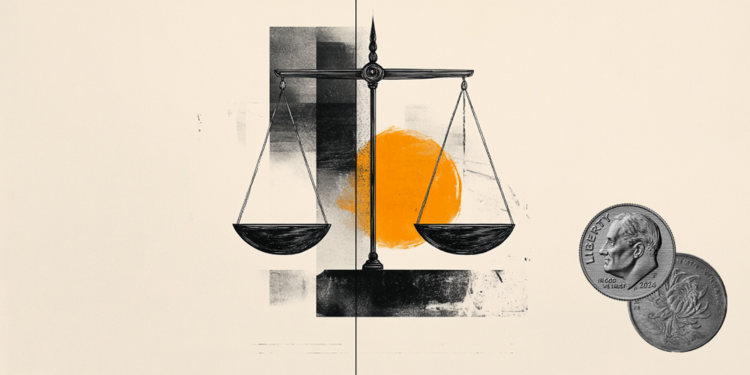The governor of the Bank of the Reserve of Australia (RBA), Michele Bullock, is talking at a press conference after the announcement of the monetary policy of July on Tuesday.
Earlier this Tuesday, the RBA surprised the markets by leaving the reference interest rate without changes in 3.85%.
Outstanding comments
Already trimmed at 50 basic points, the effects are yet to flow.
For the next meeting, we will have more data and news.
It is appropriate to have a cautious and gradual posture about relief.
This decision was the time of the IPC rather than the management.
Confident in a way to relieve even more.
The monthly CPI is too volatile, the quarterly could be higher.
history in development ….
Market reaction
The AUD/USD maintains profits about 0.6540 after the previous comments, adding 0.65% in the day, at the time of writing.
RBA – Frequently Questions
The Bank of the Australian Reserve (RBA) sets interest rates and manages Australia’s monetary policy. The decisions are made by a advice of governors in 11 meetings per year and in the necessary emergency meetings that are necessary. The main mandate of the RBA is to maintain price stability, which means an inflation rate of 2%-3%, but also “… contribute to the stability of currency, full employment and economic prosperity and the well-being of the Australian people.” Its main tool to achieve this is to raise or lower interest rates. Relatively high interest rates will strengthen the Australian dollar (AUD) and vice versa. Other RBA tools are the quantitative relaxation and hardening of monetary policy.
Although traditionally it has always been considered that inflation is a negative factor for currencies, since it reduces the value of money in general, the truth is that in modern times the opposite has happened with the relaxation of cross -border capital controls. Moderately high inflation now tends to take the central banks to raise their interest rates, which in turn has the effect of attracting more capital of world investors who are looking for a lucrative place to keep their money. This increases the demand for the local currency, which in the case of Australia is the Australian dollar.
Macroeconomic data calibrates the health of an economy and can have an impact on the value of its currency. Investors prefer to invest their capital in safe and growing economies than in precarious and contraction economies. A greater influx of capital increases aggregate demand and the value of the national currency. Classic indicators, such as GDP, Manufacturing and Services PMIs, employment and surveys about consumer feeling can influence the AUD. A strong economy can encourage the Bank of the Australian Reserve to raise interest rates, also supporting the Aud.
The quantitative easing (QE) is a tool used in extreme situations in which to lower interest rates is not enough to restore credit flow in the economy. The QE is the process by which the Bank of the Australian Reserve (RBA) prints Australian dollars (AUD) in order to buy assets – normally State or business bonds – to financial institutions, thus providing them with the liquidity they need so much. The one usually translates into a weaker audience.
The quantitative hardening (QT) is the reverse of the QE. It is carried out after the QE, when economic recovery is underway and inflation begins to increase. While in the QE the Bank of the Australian Reserve (RBA) buys state and business bonds from financial institutions to provide liquidity, in QT the RBA stops buying more active and stops reinvesting the main one that expires of the bonds it already has. It would be positive (or bullish) for the Australian dollar.
Source: Fx Street
I am Joshua Winder, a senior-level journalist and editor at World Stock Market. I specialize in covering news related to the stock market and economic trends. With more than 8 years of experience in this field, I have become an expert in financial reporting.







